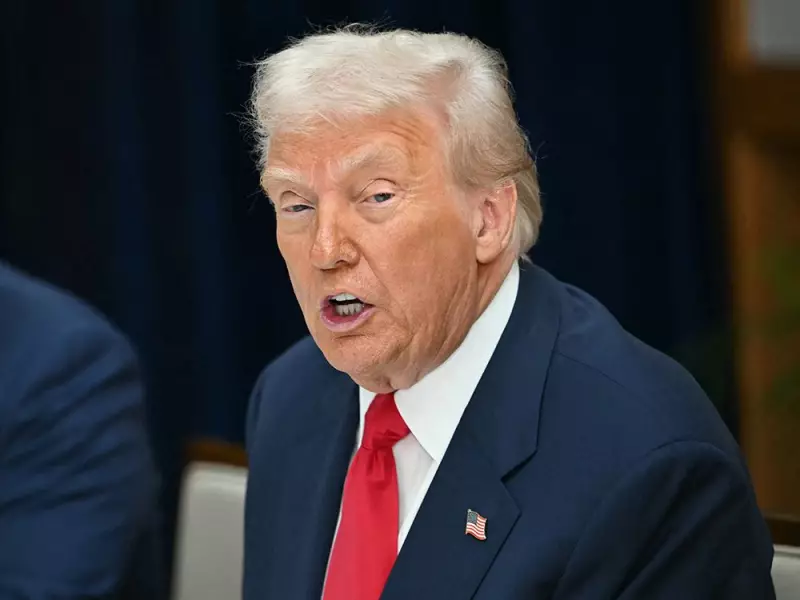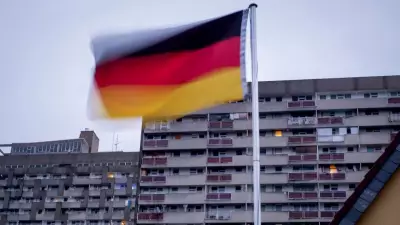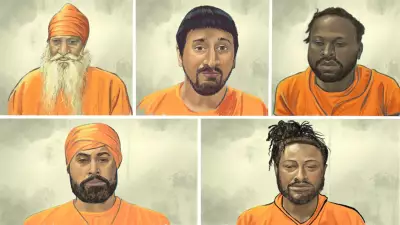
In a move that could fundamentally alter the global nuclear landscape, former President Donald Trump has directed administration officials to explore the possibility of resuming nuclear weapons testing, according to senior officials familiar with the discussions.
A Return to Atomic Testing
The controversial directive, which emerged from a May 15 meeting with top national security officials, marks the first serious consideration of nuclear testing by the United States since the country observed an informal moratorium beginning in 1992. While no final decision has been made, the mere preparation for testing represents a significant escalation in nuclear posture.
According to sources within the administration, the proposal emerged during discussions about how to respond to alleged low-yield nuclear weapons testing by Russia and China. American intelligence agencies have reportedly suggested both nations may have conducted such tests, though both countries strongly deny these allegations.
Global Reactions and Implications
The potential resumption of testing has drawn immediate condemnation from nuclear nonproliferation experts and international observers. This would be a game-changer in the worst possible way, said one senior congressional aide who requested anonymity. After nearly three decades without testing, restarting would likely trigger a new global arms race.
The Comprehensive Nuclear-Test-Ban Treaty Organization (CTBTO), which monitors nuclear testing worldwide, expressed deep concern about the reports. Over 184 countries have signed the Comprehensive Nuclear-Test-Ban Treaty, though the United States has never ratified it.
Domestic Political Fallout
Within Washington, the proposal has created sharp divisions along partisan lines. Supporters argue that maintaining a modern, reliable nuclear deterrent requires occasional testing, while opponents warn of severe diplomatic and environmental consequences.
The discussion comes at a particularly sensitive time in international relations, noted a former State Department official. Relations with both Russia and China are already strained, and this could push tensions to dangerous new levels.
What Happens Next?
While preparations are underway, several administrative and congressional hurdles remain before any actual test could occur. The decision would likely face legal challenges and require significant budget allocations that would need congressional approval.
The Nevada National Security Site, formerly known as the Nevada Test Site, remains the most probable location for any future testing. The site conducted over 900 nuclear tests during the Cold War era before the moratorium took effect.
As the administration weighs its options, the world watches nervously, aware that the return of American nuclear testing could permanently alter the delicate balance of nuclear deterrence that has existed for a generation.





